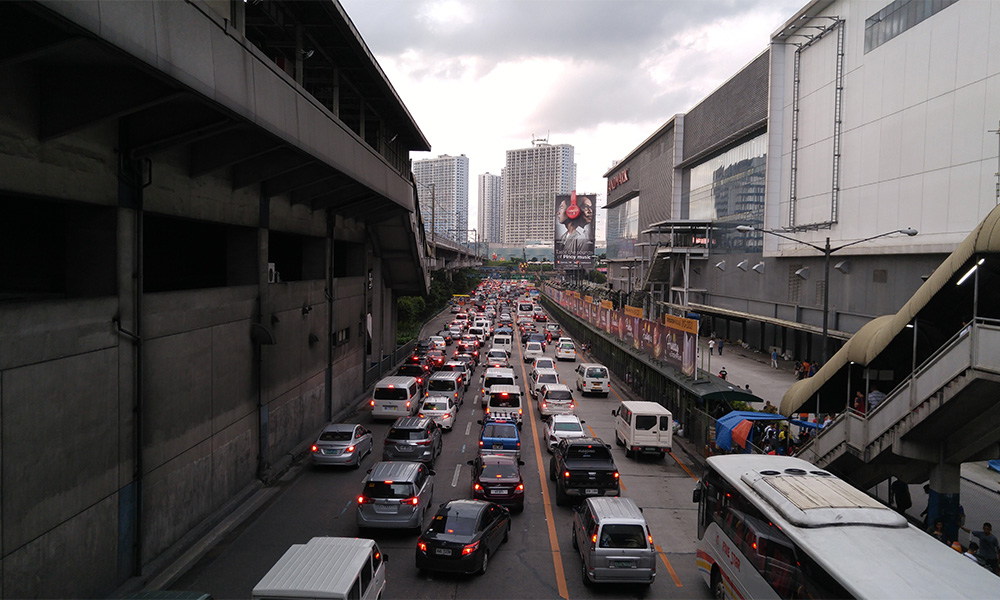
The gleaming billboards along EDSA and shiny over-the-top malls straight out of a South Park episode might give the illusion that Metro Manila is a happy utopia, but don’t be fooled. There’s a dark side to this place, and our beloved megalopolis will happily bite you (or worse) if you let her. Specifically, traffic can be bad for your health. Terminally bad, as these four points show.
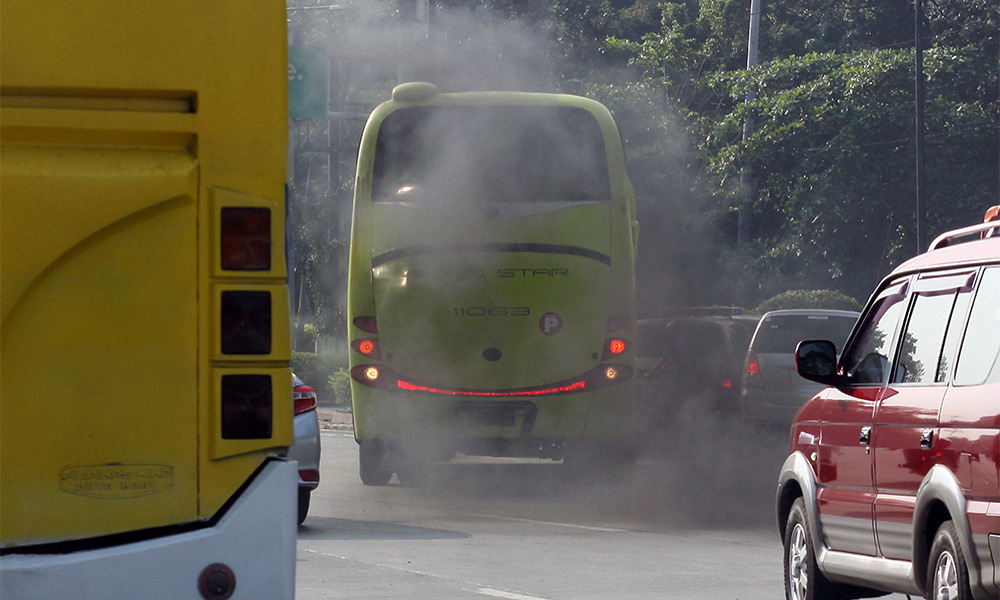
1. Air pollution. Let’s start with one of the biggest killers out here: air pollution. There are various sources and studies covering this topic. Greenpeace, for example, writes that an estimated 27,000 premature deaths in the Philippines every year can be attributed to air pollution from fossil fuels, with vehicles (mainly from Metro Manila) accounting for 65% of it.
Other studies claim that up to 66,000 people die from toxic air every year. Next to an ever-increasing army of private cars, there are also still way too many smoke-belching trucks, buses, and jeepneys around that all give us a proper dose of cancer fumes every time they hit the accelerator.
Carbon monoxide, sulfur dioxide, nitrogen oxide, and different types of other particulate matter are all aiming straight for your lungs and your bloodstream, causing untold damage in the process. Just breathing Metro Manila air is bad for you, and can lead to your demise in the long term.
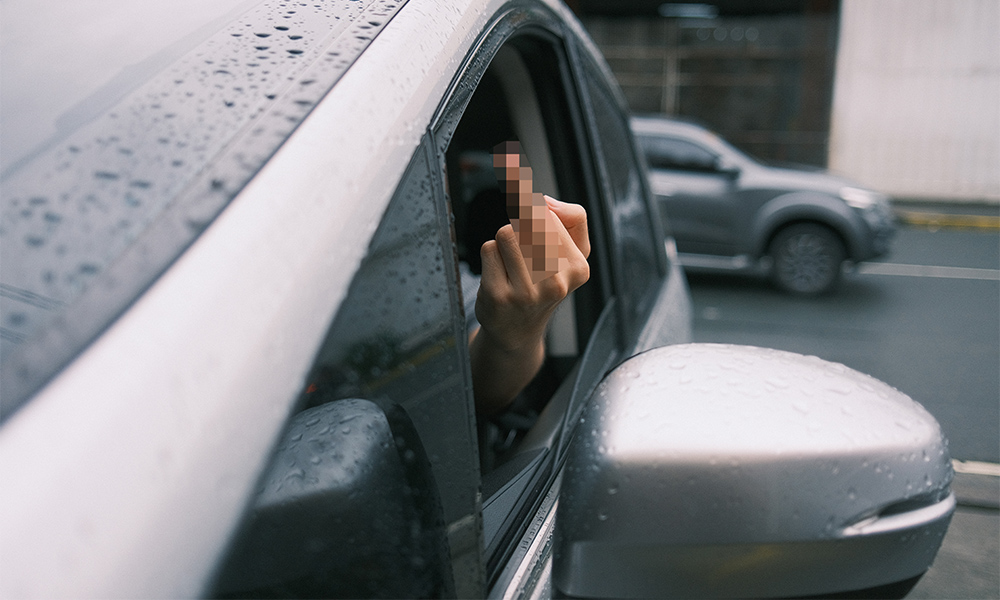
2. Road rage. Traffic in the metro can test even the most patient human being to the breaking point, and once someone goes full Falling Down, the consequences can unfortunately be dire. Fortunately, incidents of deadly road rage are relatively rare.
You may remember the case of an SUV driver running over a security guard in Mandaluyong last year, with the victim luckily surviving. A cyclist in 2016 wasn’t so lucky when he was killed by a man during a road rage incident in Manila (something our EIC was all too ‘familiar’ with).
The only tip we can really give you when traffic becomes too taxing is to stay calm and slowly count to 10. Losing your rag is never worth it, no matter how much you want to let out your inner Michael Douglas sometimes.

3. Noise pollution. Metro Manila is loud. Very loud. A constant barrage of noise engulfs anyone who enters the megacity, and there’s no escaping it. Noise pollution is bad for your health and can cause all sorts of issues.
Among the various bodies of research, one study found that noise levels along various major thoroughfares (such as EDSA) reached up to 83.9dB, and thereby exceeded Philippine Noise Standards by about 8.9dB. Taft Avenue was apparently an especially bad spot.
Just like air pollution, noise can be a slow killer. Various studies—such as this and this—seem to link long-term exposure to traffic noise to everything from diabetes to hypertension and heart disease.
Hopefully, more modern cars and an increasing number of EVs will help to bring noise levels down, but we can all do our part as well by not hitting the horn as much as everyone seems to love doing around here. A difficult ask, I know, but remember: It’s good for your health.
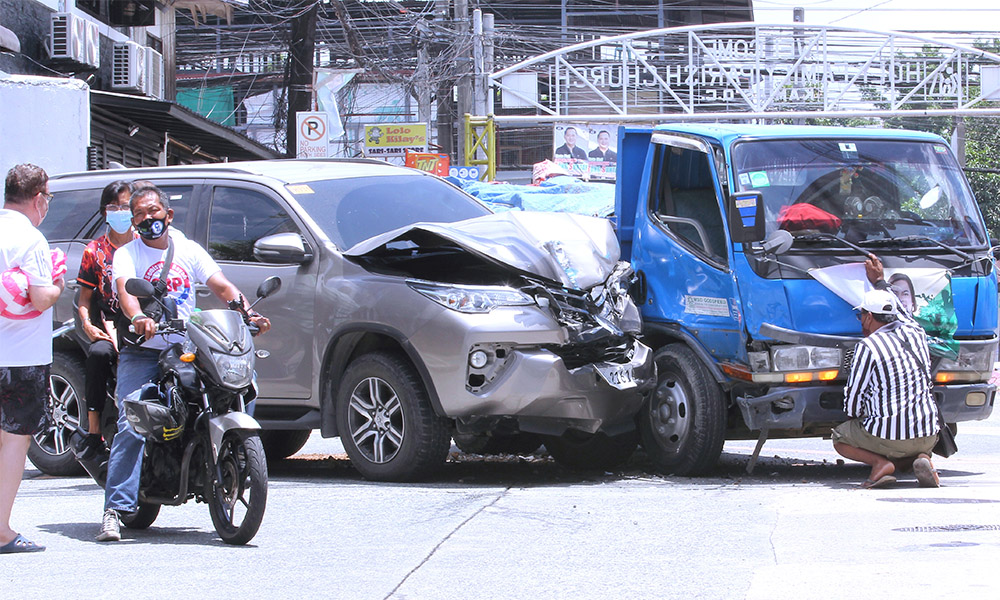
4. Crashes. Last but by no means least, the most obvious way in which traffic in the metropolis might cut your life short is through crashes. Shockingly, injuries sustained in road traffic collisions are the leading cause of death among 15-29-year-old Filipinos, and even worse, road deaths have been increasing in recent years.
As more and more cars flooded the roads, deaths went up by 39% between 2011 and 2021—from 7,938 to 11,096 per year. The Department of Transportation and the World Health Organization recently launched the Philippine Road Safety Action Plan 2023-2028 to try and reduce this terrifyingly high and extremely sad statistic, and one can only hope that these and other efforts will help lessen the number of fatalities on our roads.

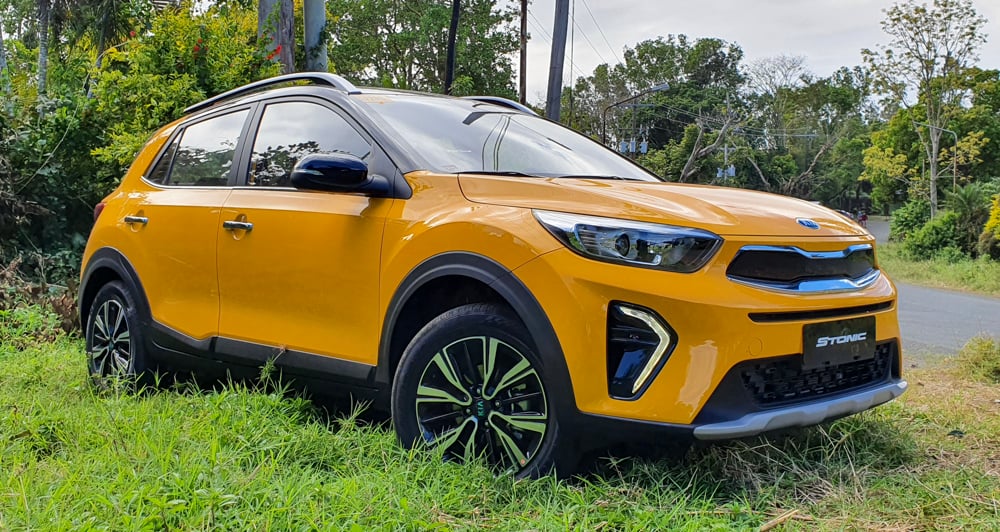
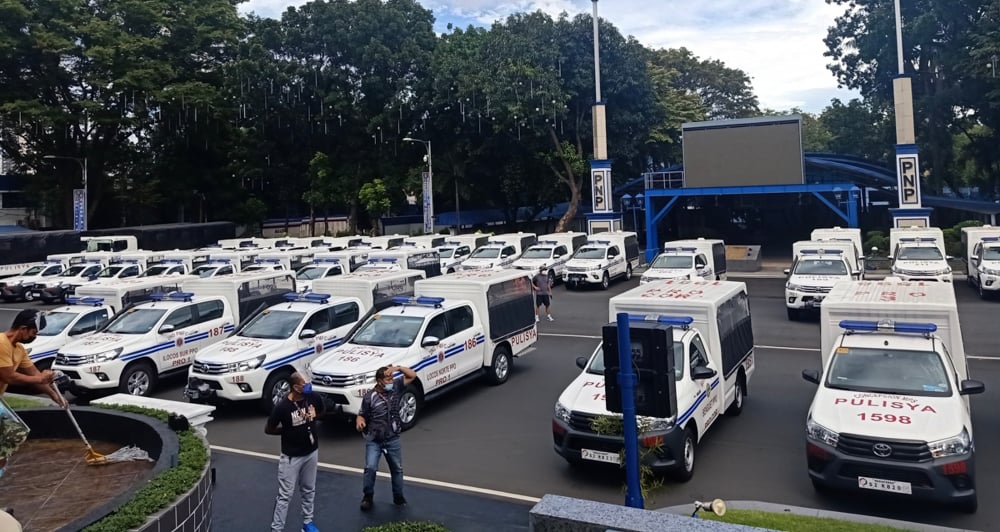

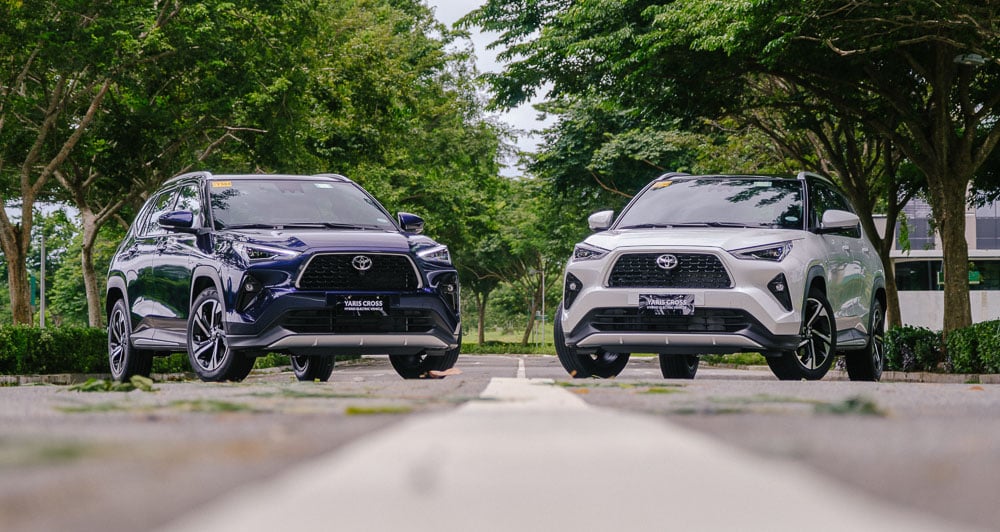



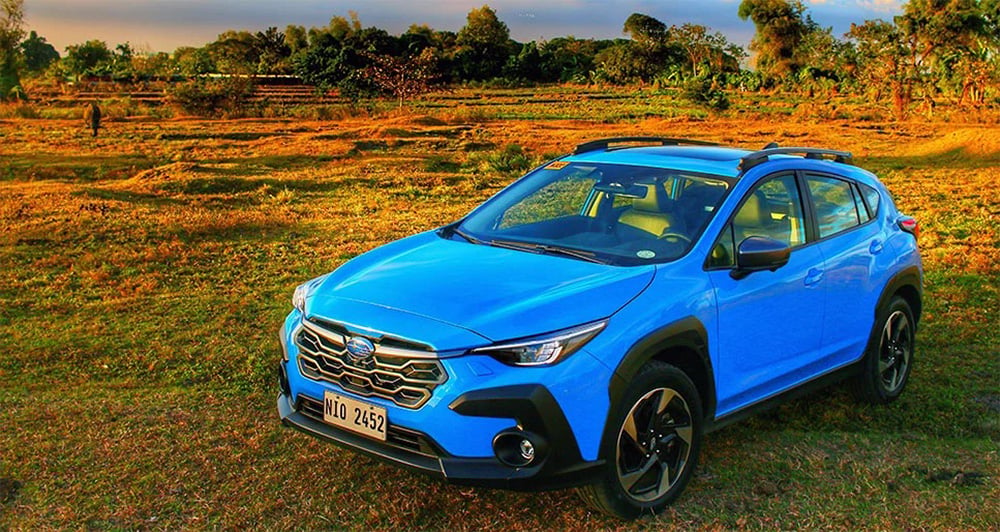


Comments